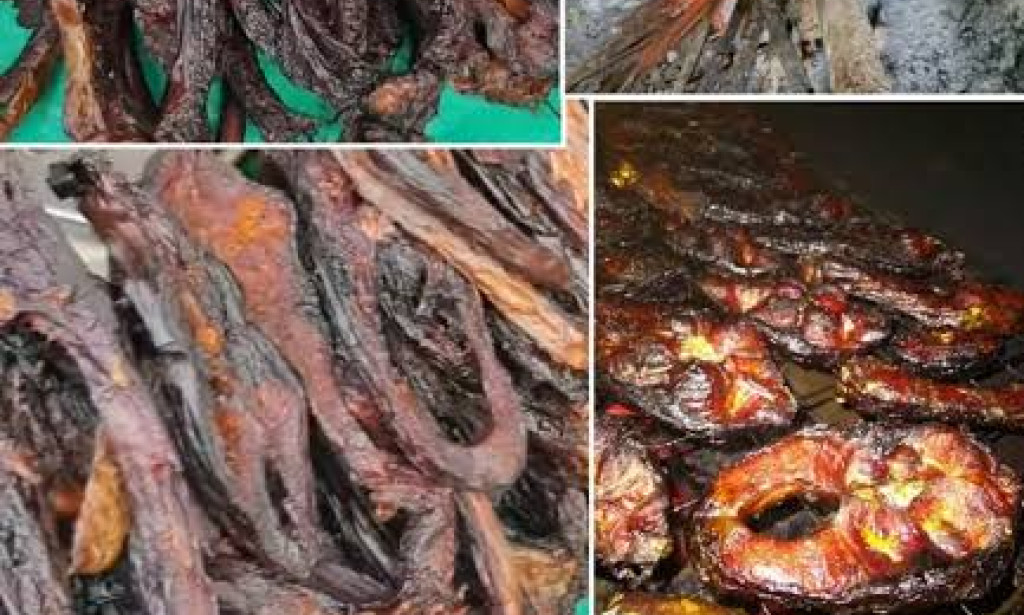I've been eager to share insights from my undergraduate project, which delved into a pressing issue in our world: cancer. Specifically, my project focused on examining the impact of different wood sources on the levels of polycyclic aromatic hydrocarbons (PAH) in smoke-dried fish, a common practice in the South-South region of Nigeria.
PAHs are known carcinogens, and smoke-drying fish using traditional methods, such as half drums and various wood types, is prevalent in the region. I investigated four popular wood species—Okphagha, Meliana, Ekki, and rubber—and found that they contributed varying levels of PAH to the smoked fish, along with differences in physical characteristics like color.
Surprisingly, Ekki wood yielded the lowest concentration of PAH, particularly those with high carcinogenic potential, making it a preferable choice for smoke-drying. Conversely, rubber wood, commonly used for this purpose, exhibited the highest carcinogenic potential, suggesting it should be avoided. Okphagha and Meliana fell somewhere in between, neither particularly good nor bad.
In addition to analyzing smoked fish, I conducted a control study on fresh fish, which showed no detectable PAH. This confirmed that the PAH accumulation in smoked fish indeed stems from the smoke-drying process.
The challenge now lies in identifying which wood types were used to smoke-dry the fish we consume—a crucial consideration for consumer health and safety.

You must be logged in to post a comment.